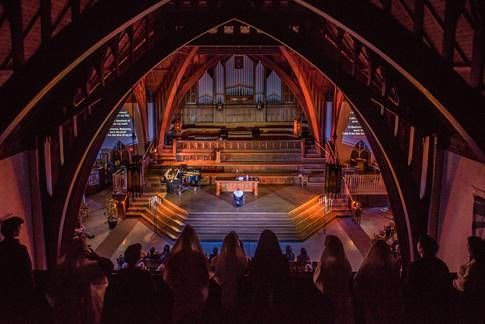
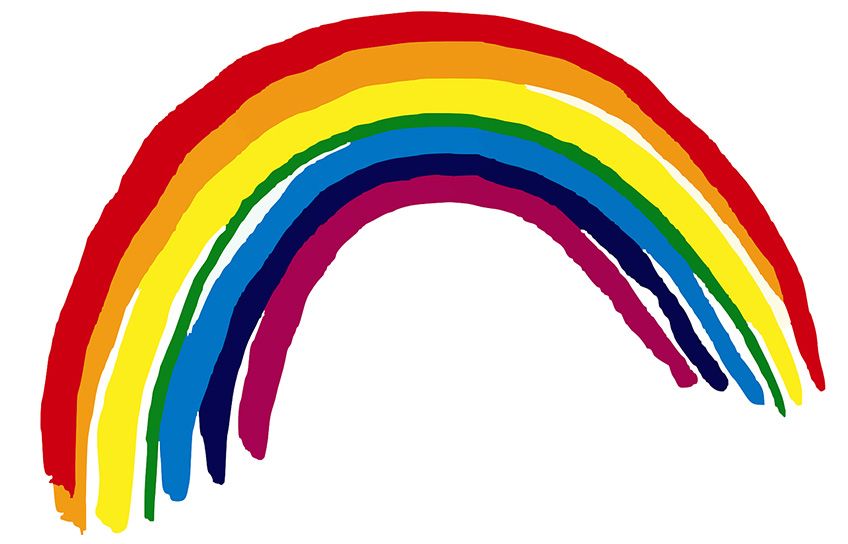
Today is Pentecost Sunday. The day we see and hear about some of the great symbols of faith. The day we all see red! Traditionally Pentecost is about being surprised, and being fully enlivened by God’s spirit, as Jesus was. And Pentecost is about hearing and experiencing the present-ness of God in a language we can understand... Not just in English or French or Korean or German, but also in the language of unemployment, television commercials, supermarket shopping and school playgrounds.
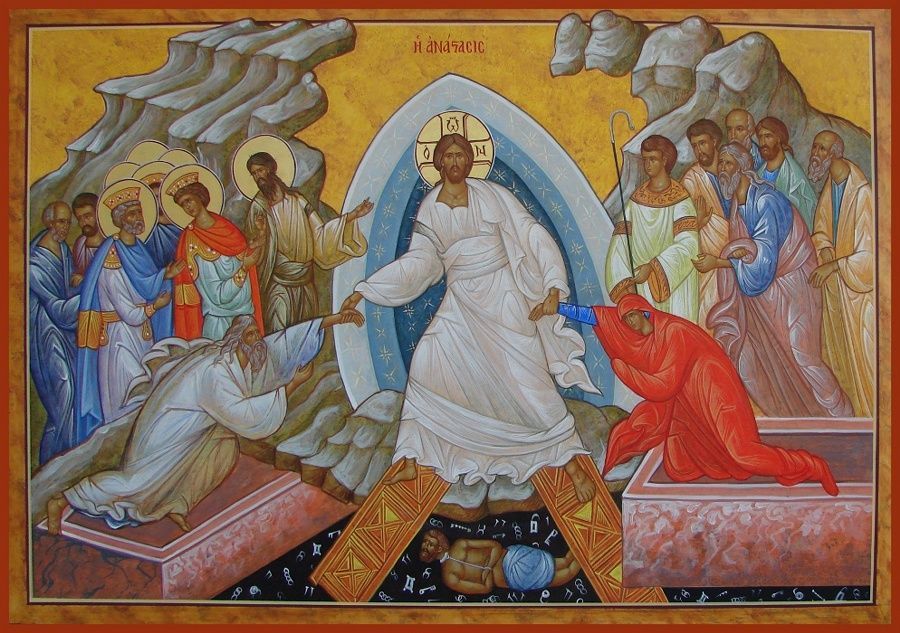
Alleluia, Christ is Risen! Christ is risen indeed, Alleluia! This morning, I want to say a word about Easter, a word taken from one of the great Eastern images of the mystery of the resurrection, an icon that has been a part of the Christian vision of what the Resurrection is all about since around the year 600. I have been powerfully drawn to this icon lately, and I want to talk about it a bit this morning. Let’s take a look. Remember: icons are about the theological meaning of people and events; they aren’t representative art like we might typically encounter. Icons are never depictions of exactly what happened. They’re pictures of what things mean. So, an icon of the Resurrection doesn’t show what the resurrection might have looked like back then—an icon of the Resurrection shows what it means now.

February is Black History month in Canada and we’re encouraged to mark this event in our worship in some way. Last year I had a black colleague come and speak to us…but this year I’m in a very different place. I think we need to do our own work – not ask others to spoon feed us. This morning I’m going to open up a topic that most of us in the room will be sensitive to, maybe even uncomfortable with – white privilege. I could talk about racism but that can take on a confrontational sensibility. I don’t think we’re a racist community of faith however most of us here have benefited from the almost invisible culture of whiteness that exists in Canada.
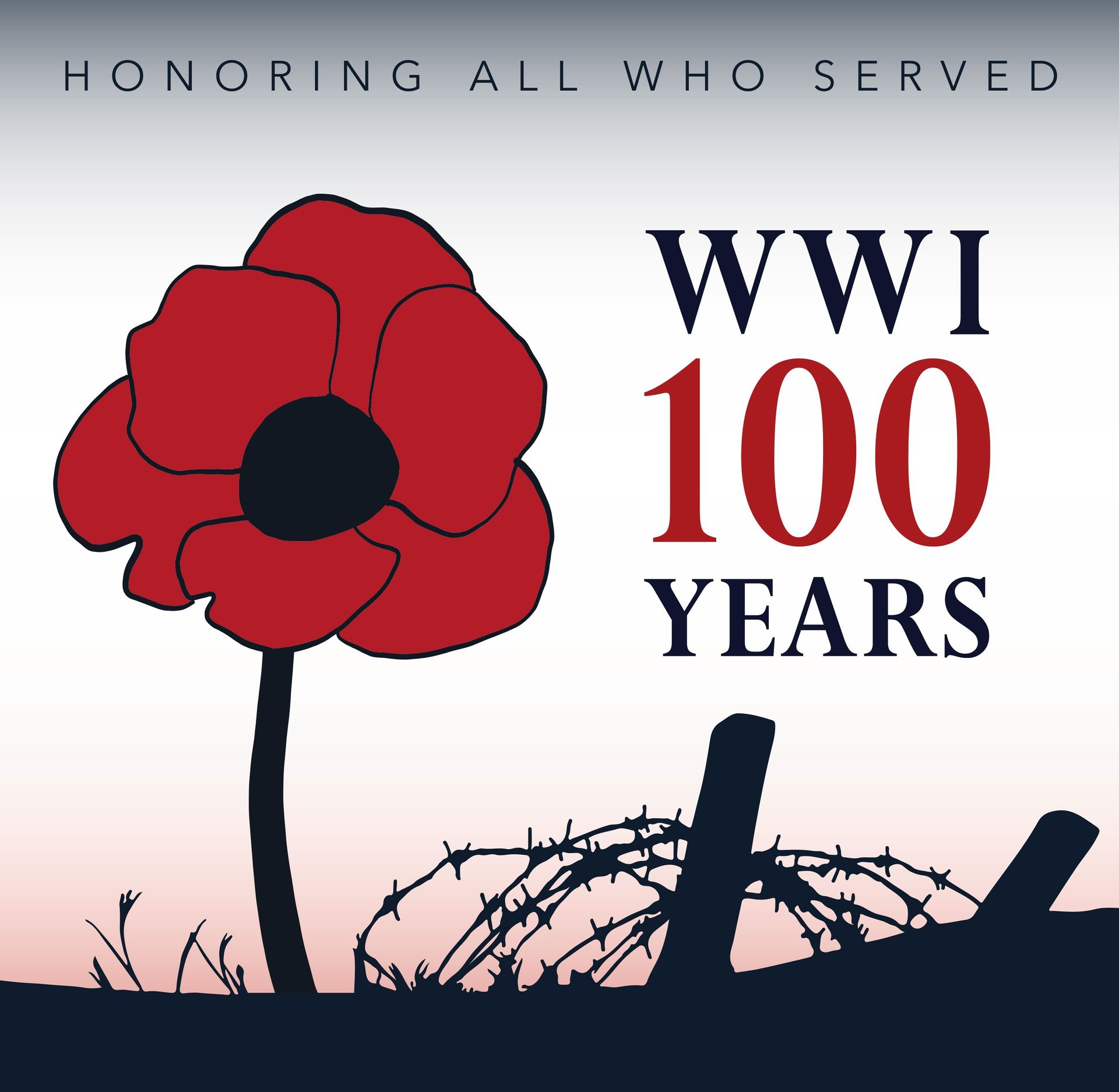
Among my most vivid childhood memories are the times when, with my Girl Guide Company, I stood in solemn silence remembering. When we assembled to observe Remembrance Day there was the singing of O Canada, the recitation of In Flanders Fields, and most compellingly for me, the standing in silence. But what did I, a child born in peacetime with no experience or memory of war, remember? I remembered stories I’d been told. Stories such as how the son of the widow who lived next door to my family was killed in the dying days of World War II.
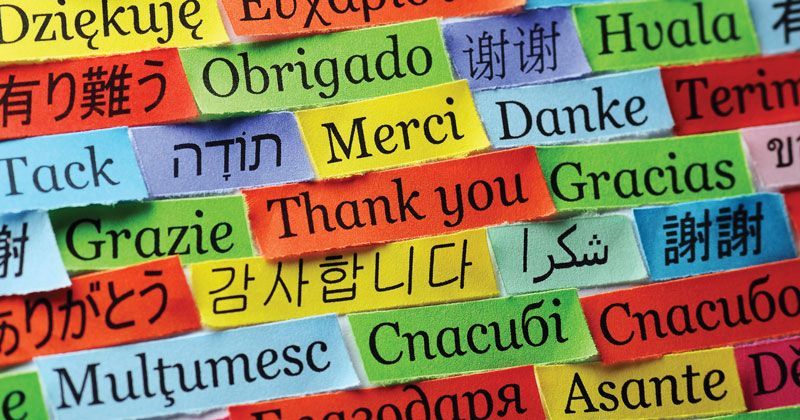
Have you ever thought about why language matters? Any child who has ever been bullied understands the lie implicit in ‘sticks and stones may break my bones but names will never hurt me.’ Words matter. As one of my professors observed years ago, “language forms and informs.” Language tells us about our cultural norms and, at the same time, encourages to move beyond our comfort zone. Nowhere is this clearer than in the case of liturgical language. There is no such thing as “traditional” language in the liturgy. From the early days of the church language familiar to the speakers present, otherwise known as the vernacular, has been used when Christians gathered collectively to pray.
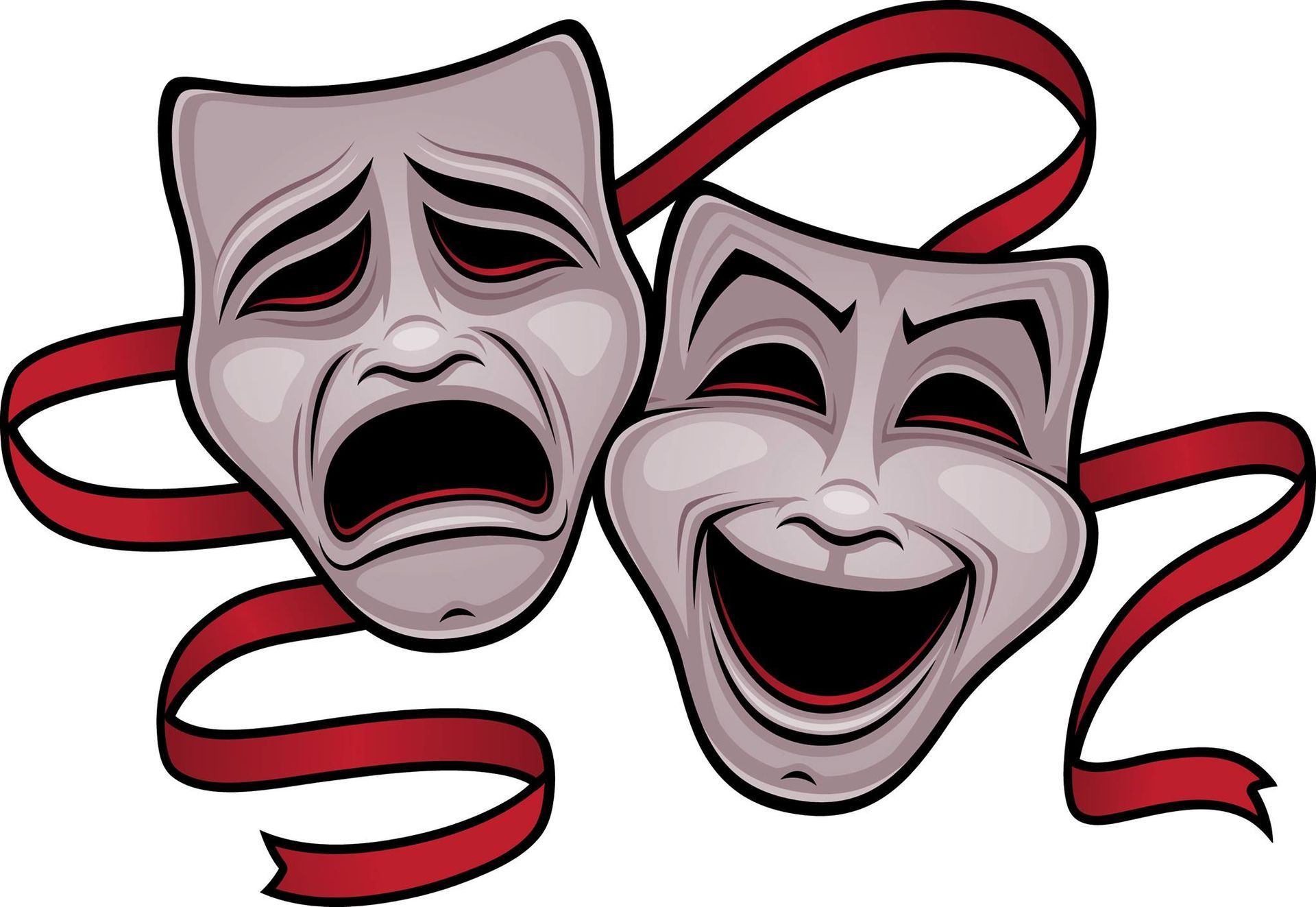
Have you ever thought of worship as a drama? Not a dramatic reading, or a small play in worship, but rather the entire unfolding of Sunday liturgy as dramatic? Our Christian liturgy is rooted in the practices and texts of Jewish worship and we share many symbolic acts and texts by which we bless, thank, remember, and petition God. By the fourth century, in both Eastern and Western worship, the liturgy itself was viewed as a divine drama. Church fathers, like Theodore of Mopsuestia, described the liturgy as “a series of episodes representing scriptural events.” In other words, liturgy, as a whole, was a dramatic re-telling of the story of salvation. By the medieval period, many independent religious dramas that taught the basics of Christianity were being performed, quite separately from the Sunday worship. Today remnants of such teaching traditions can be found in cultural events such as Holy Week processions, the world-famous Oberammergau Passion play, or in the manner in which some congregation animate or dramatize scripture readings.

In most United Churches, on any given Sunday, an offering is made by congregation members. The offering originates in the early days of the Christian church. One could even argue that it was instituted by Christ himself in the way which the disciples pooled their resources in common. In the days of the house churches, people would gather on the Lord’s Day for worship and a communal meal: the original potluck luncheon. All the food would be placed on a communal table where the food would be blessed and then shared (1 Cor. 11:17). All in the community, from the poorest to the wealthiest, would be fed and cared for. These gifts of food were considered “peace offerings” in much the same way as Jews offered such gifts in the temple.
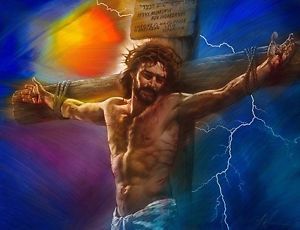
For many Christians, Easter is a high holy holiday — it’s the religious bedrock that not only anchors them in their faith, but it also shapes and governs their view of the world. I’m one of them. Easter matters to me. I am of one mind with author C.S. Lewis, who once wrote: “I believe in Christianity as I believe the sun has risen: not only because I see it, but because by it I see everything else.” “Is Theology Poetry,” 1945. That “everything else,” for me, is learning to see those at the margins of society. To opening my eyes and really seeing what is going on there – just beyond the reach of my vision. It is at those margins where you see injustice being done. At the margins one can honestly critique the oppressive structures in society that keeps us wounded as a people, and also help heal—both for the oppressed and the oppressor.
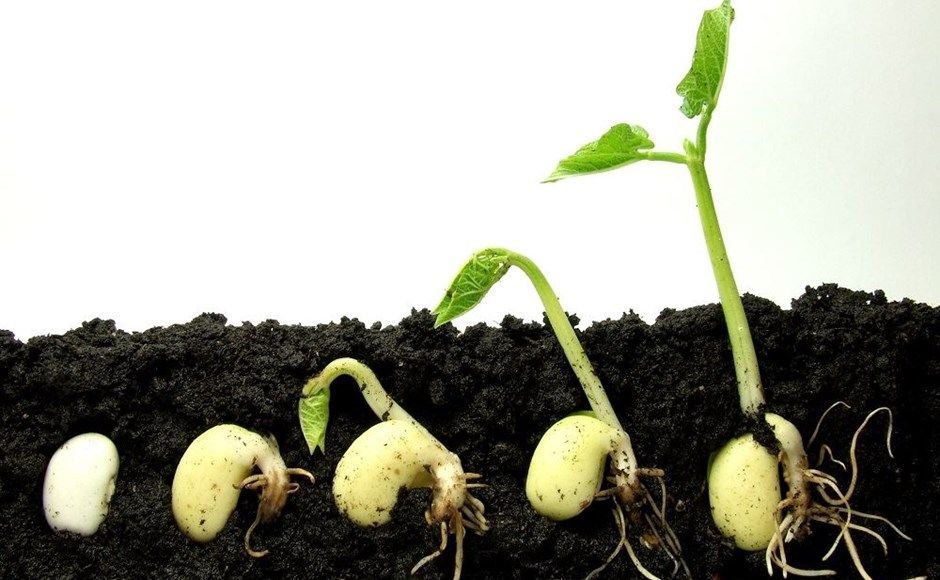
Imagine a seed of your favourite flower, it appears dead. Take that seed and mentally plant it in rich soil, with adequate water, and plenty of sunlight. Become aware of the natural energy of the universe, God’s creative power, the energy of growth that allows this tiny seed to burst forth. See the roots shooting out in all directions, becoming embedded in the rich dirt around it. The sprout is now a living thing. Watch as it gains nourishment and the millions of tiny cells divide and multiply, millions and billions of tiny intelligent beings, taking direction from the blueprint of the universe.

